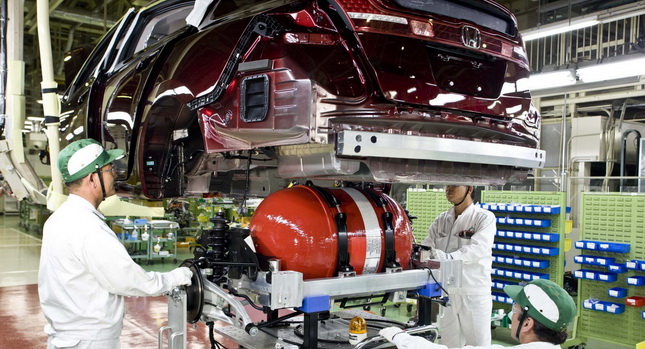For the first time after the March 11 earthquake and Tsunami, Japanese automakers have returned to their normal production levels. In fact, they are superseding last year’s numbers in an effort to make up for the lost time.
Toyota and Nissan, Japan’s two biggest car manufacturers are leading the pack, reporting increased production for the first time since March, with Mazda, Suzuki, Honda, Subaru and Mitsubishi following their lead.
Yet there are still issues that hamper their efforts. One of them is the continuing shortage of certain parts, such as microchips, with the companies trying to find alternate sources of supply, mostly overseas, overturning a decades-old tradition.
Even the so-called “just-in-time” model, which was introduced by Toyota in the 1950s and has since been copied by almost everyone, may change in the near future as car manufacturers are trying to create parts inventories so as to prevent the 2011 catastrophic results.
Honda’s global purchasing boss, Masaya Yamashita, says: “In order to supply carmakers, I think Tier 1 suppliers are really struggling to make deliveries to us all. The parts are reaching us. But the inventory is still pretty tight.”
The solution, according to Yamashita, is to have “at least two Tier 1 and Tier 2 suppliers”.
As reported, Toyota is the first to make sure that it won’t face the same problem again. The firm’s executive vice president for global production, Shinicki Sasaki, said: “We have instructed them to have a plan that allows them to go back to normal operations within two weeks of a major disaster”.
Therefore, even though production is back to normal in Japan’s domestic factories, depleted inventories in big markets, such as the US, will take more time to build up again – and in the meantime, will continue to limit their sales.
Story Sources: Autonews




